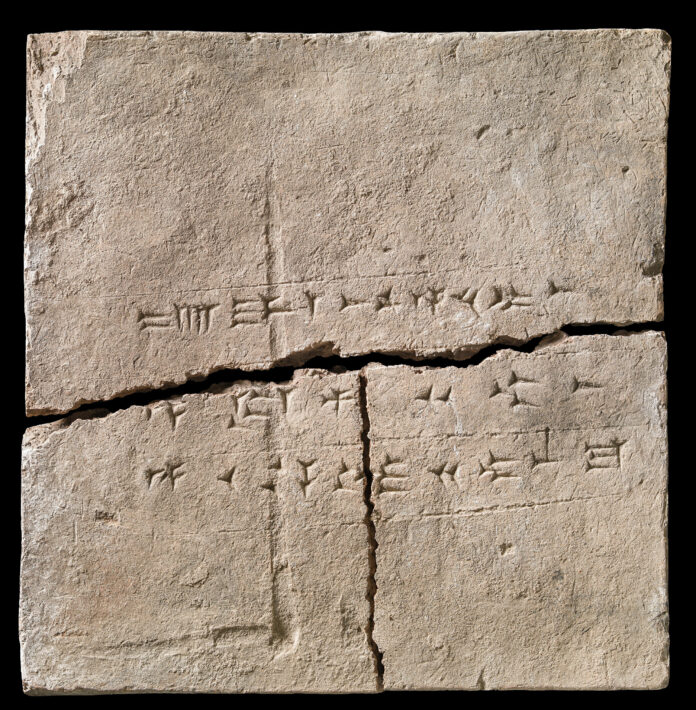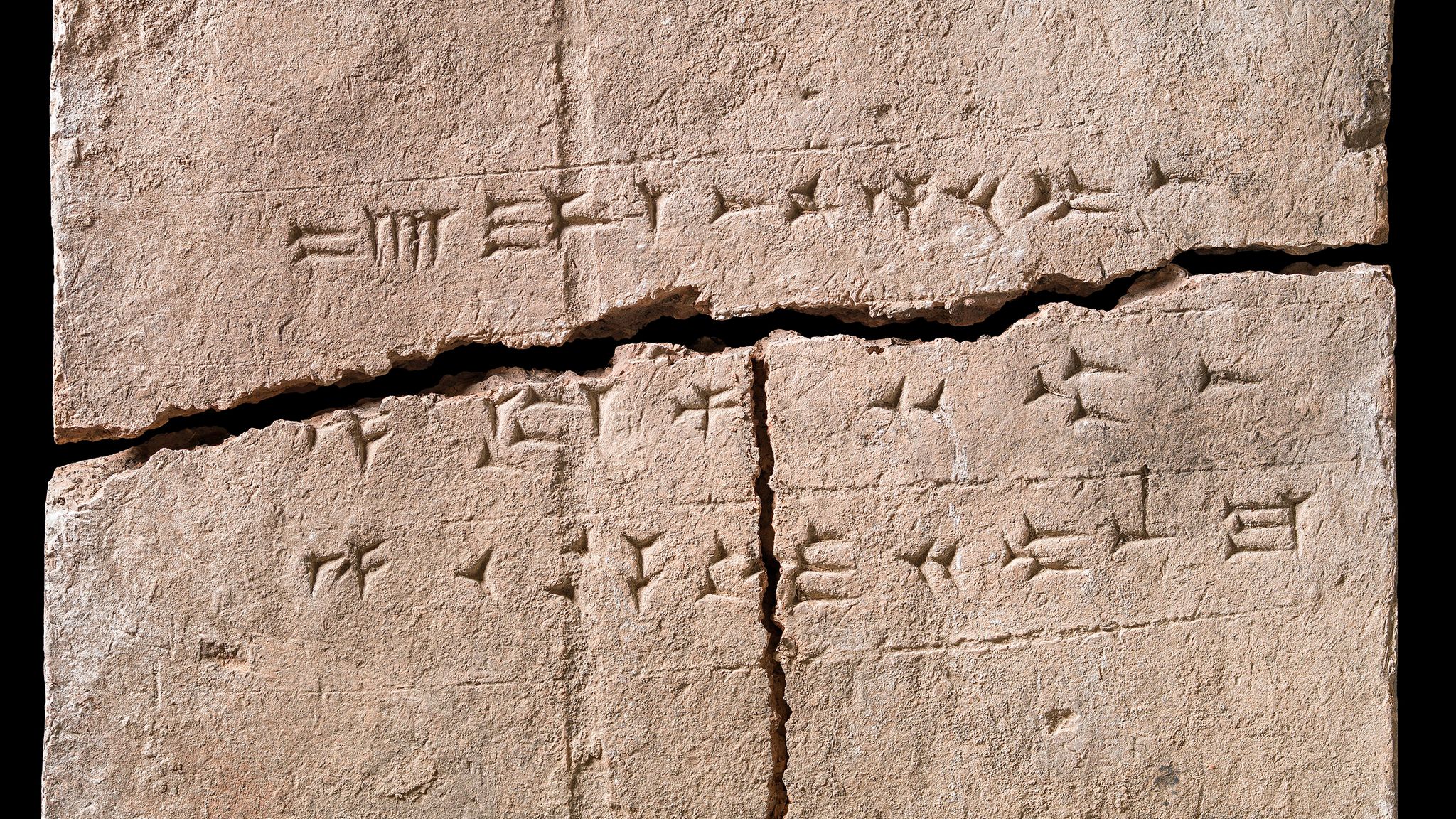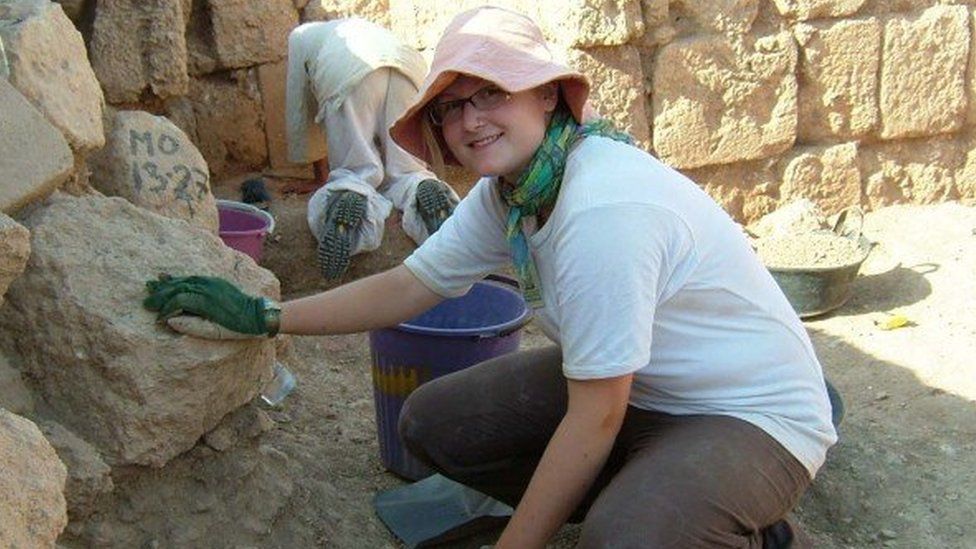The study of ancient DNA has revolutionized our understanding of past environments and species. In a recent development, researchers have extracted ancient plant DNA from a sun-dried mud brick, revealing a wealth of information about the flora that existed during the reign of Ashurnasirpal II, a Neo-Assyrian king. This discovery opens new doors for archaeologists and biologists, who can now explore biodiversity from historical periods using materials often overlooked in archaeological sites.

Property of a King
Unearthing the Brick
The brick was discovered over 70 years ago during an archaeological excavation at Nimrud, the capital of the Neo-Assyrian Empire. An inscription on the brick’s surface reads: “The property of the palace of Ashurnasirpal, king of Assyria.” This inscription links the brick to Ashurnasirpal II, who reigned from 883 to 859 B.C. and built the renowned Northwest Palace at Nimrud.

A Fortuitous Break
The opportunity to study this ancient artifact arose serendipitously when the brick broke while being digitally scanned in 2020. This break exposed relatively uncontaminated clay, allowing researchers to extract DNA using a protocol adapted for porous materials like bone. Assyriologist Troels Pank Arbøll of the University of Copenhagen and biologist Sophie Lund Rasmussen of the University of Oxford, lead authors of the study, seized this chance to delve deeper into the brick’s secrets.

Examination of Ancient DNA
Extraction and Sequencing
The researchers extracted DNA from the newly exposed clay surface and identified 34 distinct groups of plants within the ancient mud. These included species related to cabbages (Brassicaceae), heathers (Ericaceae), birches (Betulaceae), laurels (Lauraceae), and cultivated grasses from the genus Triticeae, which encompasses barley and wheat.
Cabbages and Kings
Interestingly, the predominance of cabbage-related plants is puzzling. According to Arbøll, “Cabbage doesn’t really figure in the ancient texts.” This absence in the extensive cuneiform records, which include culinary recipes, raises questions about whether these cabbages were wild species or simply unrecorded in the texts.

Potential of Clay as Time Capsules
Broader Implications
The success of this study suggests that clay from other archaeological sites might also preserve ancient DNA, providing a new method to study past biodiversity. “Almost every archaeological site, everywhere in the world, has clay,” Rasmussen notes. This revelation could transform how researchers approach the study of ancient environments.
Animal DNA and Pottery
Rasmussen also revealed that traces of ancient animal DNA were found in the samples. This suggests that similar techniques could be adapted to study other materials, although applying them to pottery—which is fired at high temperatures that destroy DNA—might be more challenging. “Perhaps if the pottery hasn’t been burned for long enough, or not burned completely, then there would be DNA left,” she speculates.
Questions of Contamination
Concerns from Experts
Despite the exciting findings, some experts express concerns about potential contamination. Palaeogeneticist Peter Heintzman from Stockholm University worries that modern contamination, such as airborne pollen from contemporary plants, could skew the results. He acknowledges that the researchers did a convincing job excluding lab contamination but notes that the brick’s porous nature could inherently harbor modern contaminants. Similarly, Logan Kistler, curator for archaeobotany and archaeogenomics at the Smithsonian National Museum of Natural History, emphasizes the need to ensure that the DNA fragments are genuinely ancient. He describes the research as “exciting” but stresses the importance of verifying the authenticity of the DNA.
Conclusion
The discovery of ancient plant DNA in a 2,900-year-old mud brick from Ashurnasirpal II’s palace at Nimrud marks a significant milestone in the study of past biodiversity. This innovative approach highlights the potential of using clay as genetic time capsules, offering new perspectives on ancient ecosystems and cultures. While concerns about contamination need to be addressed, the study opens up exciting possibilities for future research. By continuing to explore these ancient materials, we can gain a deeper understanding of the environments and societies that shaped our history.



